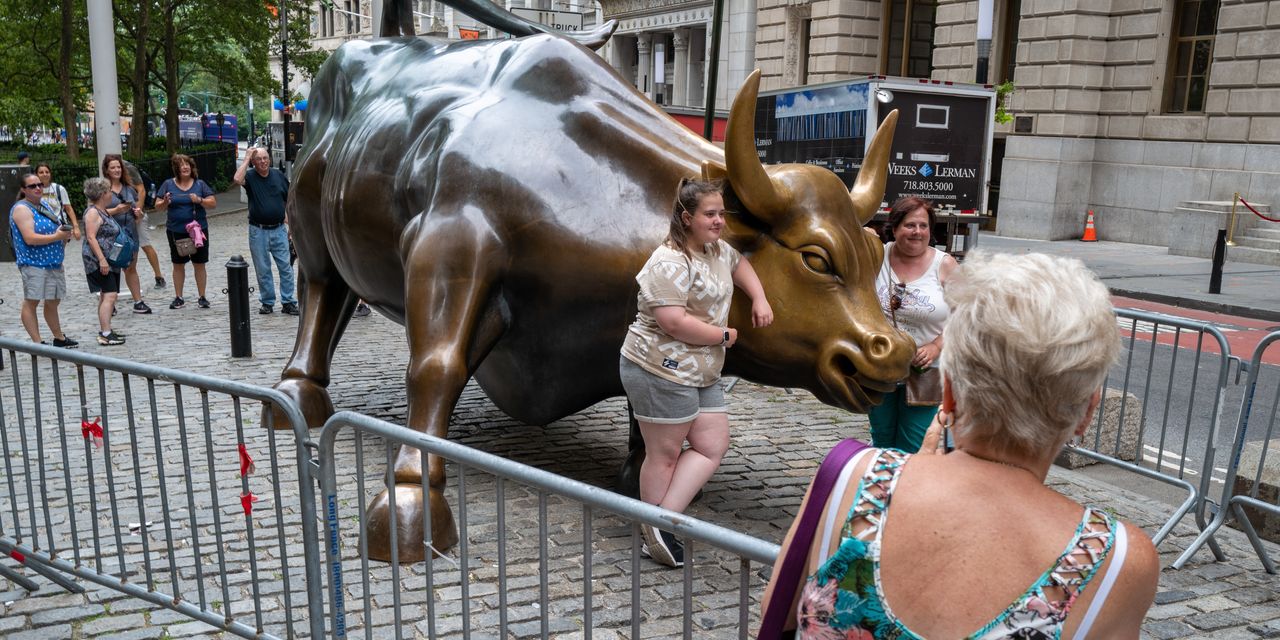The U.S. has never vanquished high inflation without a major surge in layoffs and unemployment, but the Federal Reserve is hoping to pull it off.
The central bank on Wednesday approved another massive increase in interest rates and signaled that more big rate hikes are on the way before year’s end. In just nine months, the Fed aims to jack up a key short-term rate from zero to as high as 4.5%.
Such large and sudden jumps in interest rates have historically thrown the economy into recession and led to widespread unemployment. An increasing number of Wall Street economists believe a downturn is inevitable this time, as well.
Yet top Fed officials are loath to predict outright recession or mass unemployment. The central bank predicts the jobless rate will rise to 4.4% in 2023 and 2024 — still a historically low level — from 3.7% in August.
Even an increase in unemployment of that much, however, would seem to virtually guarantee a recession. Over the past 77 years, a downturn has ensued every time the jobless rate has risen by half a percentage point from its previous low.
Nor is a relatively low jobless rate of 4.4% enough to suggest the economy and labor market will be all right. In the modern era, the unemployment rate has risen to 4.4% and avoided a recession only once: in 1956, when it increased from 3.9% in February to 4.4% in July.
That’s why so many Wall Street pros think the Fed’s latest economic forecasts are pie in the sky.
“Unfortunately the unemployment rate forecast still has an air of unicorns and fairies about it,” said Seema Shah, chief global strategist at Principal Global Investors.
“At 4.4% next year, the unemployment rate would simply match the average rate of the five years through 2019 when the economy was still very robust — hardly an accurate reflection of the pain the U.S. economy will need to go through in order to slay price pressures,” Shah said.
Fed Chair Jerome Powell tried to counter that argument in a press conference after the announcement of the latest Fed rate hike.
It’s possible, he said, that the record number of job openings could fall and ease the demand for labor, which would help to ease inflation.
Consumers and businesses, for their part, still think inflation is likely to return to the low levels that prevailed before the pandemic sometime in the next few years, surveys show. That, Powell suggested, would allow the Fed to ease up on interest rates before a higher cost of money does severe damage to the economy.
Finally, Powell contended that supply shortages created by the pandemic would go away in the next year or so, eliminating one of the chief causes of high inflation.
“We see the current period as outside the historical record in a number of ways,” said Powell, alluding to all the pandemic-related disruptions to the economy.
Yet for all of Powell’s cautious optimism, he acknowledged that a recession is quite possible, particularly as interest rates keep moving up.
Americans will experience some pain, he’s said repeatedly, as an inevitable byproduct of the Fed’s fight against high inflation.
“I wish there was a painless way to do that,” he said. “There isn’t.”
